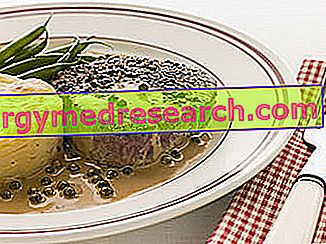Lawsonia inermis
Fam. Lythraceae
Common name: Henna
Description
Henna is a thorny shrubby plant, two to four meters high, with a very branched structure. Especially the leaves are used, opposite, glabrous, oval, oboval, lanceolate, at the base gradually narrowed in a very short petiole, with a well manifested median vein and secondary, not very ramified, 12-67 mm long and 15-25 mm wide veins .
The fragrant flowers, pink white, bloom from May to July, are small and numerous, collected in a terminal panicle with delicate, opposite, quadrangular branches. The calyx is glabrous, its oval incisions, the corolla a little larger than the calyx, the oval petals, lanceolate, open, the stamens, once longer than the corolla, close to each other in pairs, placed above the receptacle, alternate with the petals.
The fruit consists of a small brownish capsule, similar to a pea, of 4-8 mm in diameter, with 32-49 seeds per fruit, irregularly divided into four parts by a portion of the stylus.

Areal
Native to Asia Minor, North Africa, Iran and Western India. Mainly cultivated in countries such as Egypt, Arabia, Sudan, Senegal, India, Algeria, Tunisia and China.
uses
Dyeing, aromatic, astringent plant, mainly used for cosmetic purposes. From the leaves and above all from the stem of the Henna a dark green powder called henna is obtained. Thanks to the presence of lawsone (2-hydroxy-1, 4-naphthoquinone), once mixed with hot water, henna takes on a pasty consistency of a brownish Russian color; as such, it is applied and left in place for a couple of hours on skin, nails or hair, giving it a characteristic orange-brown color.
Henna is currently used in the West as a hair dye and for temporary skin decorations (tattoos).



